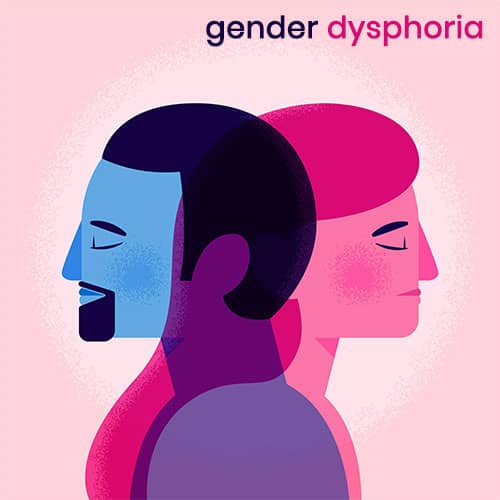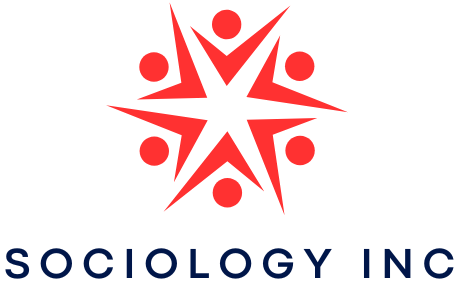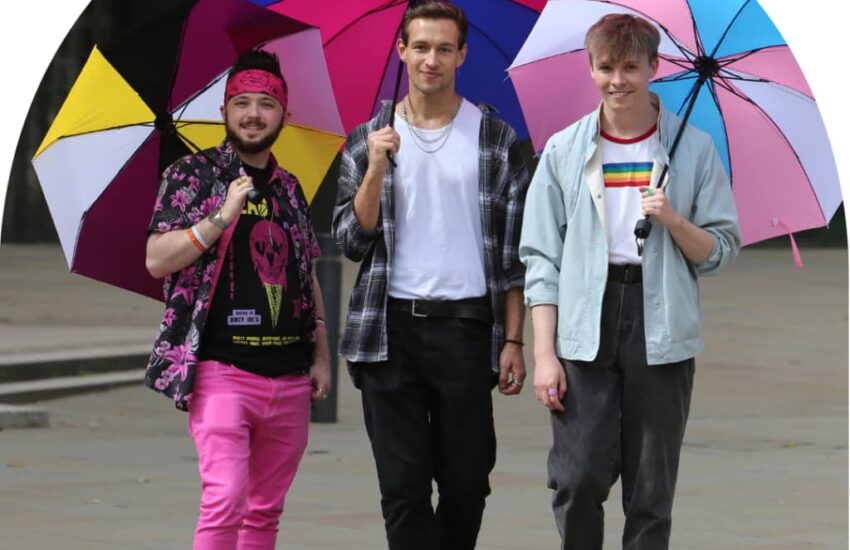I remember the first time a close friend sat me down and told me they were non-binary. I will be completely honest, my first feeling was a wave of confusion. I thought I was pretty clued-in, but I realized I had absolutely no framework for what that meant. It was like they had shown me a color I had never seen before, and I had to learn how to see it. That conversation, though a little awkward on my part at first, started me on a journey to understand something fundamental about human experience. It is easy to fall into the trap of thinking that non-binary identities are a modern trend, a product of our current times. But that is simply not true. Once I started looking, I found threads of gender diversity woven throughout human history. Indigenous cultures in North America have long recognized Two-Spirit people.
For centuries, the Hijra community has held a distinct place in South Asian cultures. The Chukchi people of Siberia, among many others, have their own understandings of gender that exist outside a simple binary. This is not new. What is new is the language we are developing to talk about it openly. This exploration into non-binary identities is not just about labels; it is a profound shift toward recognizing the full spectrum of human experience, a journey I believe we can all learn from. So, let us get to the heart of it. What does non-binary mean? At its simplest, a non-binary identity does not fit neatly into the boxes of ‘man’ or ‘woman’. For some, their gender is fluid, changing and shifting like the tides.
For others, it is a fixed point that exists squarely in the middle or completely outside of the binary spectrum. Some people feel like a mix of both, and some reject the idea of gender altogether. The beautiful, and sometimes challenging, part is that there is no one way to be non-binary. This diversity is the entire point. I think we often get hung up on the wrong things, don’t we? We get so tangled in debates about pronouns or which bathroom a person uses that we miss the bigger picture. It all boils down to a very simple question: when someone tells you who they are, do you believe them? Respecting someone’s gender identity is not about memorizing a complex rulebook. It is about extending basic human dignity. It is about listening and making a genuine effort. I stumbled with my friend’s pronouns. At first “they/them” felt clunky in my mouth. But I kept trying because I cared about them, and eventually, it became second nature. The awkwardness was a small price to pay for making someone feel seen.

The data on this is heartbreakingly clear, and it solidified my understanding of why this matters so much. Studies consistently show that non-binary individuals face disproportionately high rates of depression, anxiety, and suicide risk. But here is the crucial part we must all internalize: these struggles are not a result of being non-binary.
They are a direct consequence of living in a world that constantly denies your existence. The harm comes from the erasure, the rejection, the daily micro-aggressions of having to justify your own reality. Imagine for a moment the sheer exhaustion. Every form that only has ‘M’ or ‘F’. Every time you have to correct someone on your name or pronouns, bracing for a negative reaction. Every public restroom that becomes a potential site of confrontation or anxiety. For those of us whose gender is never questioned, these seem like minor details. But when you are constantly navigating a world that was not built for you, those details become a heavy weight. It is a relentless message that you do not belong. Despite the challenges, I find so much hope in the progress we are making. More countries are offering a non-binary option on legal documents. We are seeing more authentic non-binary representation in TV and film. Every one of these steps, no matter how small, is a lifeline. It tells a young person questioning their gender identity that they are not broken, that they are not alone, and that a fulfilling life is possible for them.
The path forward, I have come to realize, requires work from all of us. It is not the sole responsibility of non-binary people to educate the rest of the world. It is on me, and you, to examine our own assumptions. It is about speaking up when we hear a disrespectful joke. It is about advocating for inclusive forms and facilities in our workplaces and schools. This is not about political correctness; it is about building a society where everyone has the freedom to be their authentic self. That initial conversation with my friend feels like a lifetime ago. What I have learned since is that understanding and respecting non-binary identities does not take anything away from anyone else. It does not diminish my own identity. If anything, it has enriched my life by expanding my understanding of what it means to be human. It has shown me that the categories we take for granted are often far more fluid and arbitrary than we think. The real question is, are we brave enough to make space for that beautiful complexity?
References
Cameron, J.J., & Stinson, D.A. (2019). . https://compass.onlinelibrary.wiley.com/doi/10.1111/spc3.12506
Matsuno, E., & Budge, S.L. (2017). Non-binary/genderqueer identities: A critical review of the literature. *Current Sexual Health Reports*, 9(3), 116-120. https://pubmed.ncbi.nlm.nih.gov/26753630/
Monro, S. (2019). Non-binary and genderqueer: An overview of the field. *International Journal of Transgenderism*, 20(2-3), 126-131. https://pmc.ncbi.nlm.nih.gov/articles/PMC6830997/
Vincent, B.W. (2020). Non-binary gender identity negotiations: Interactions with queer communities and medical practice. Routledge. https://pmc.ncbi.nlm.nih.gov/articles/PMC6830994/

